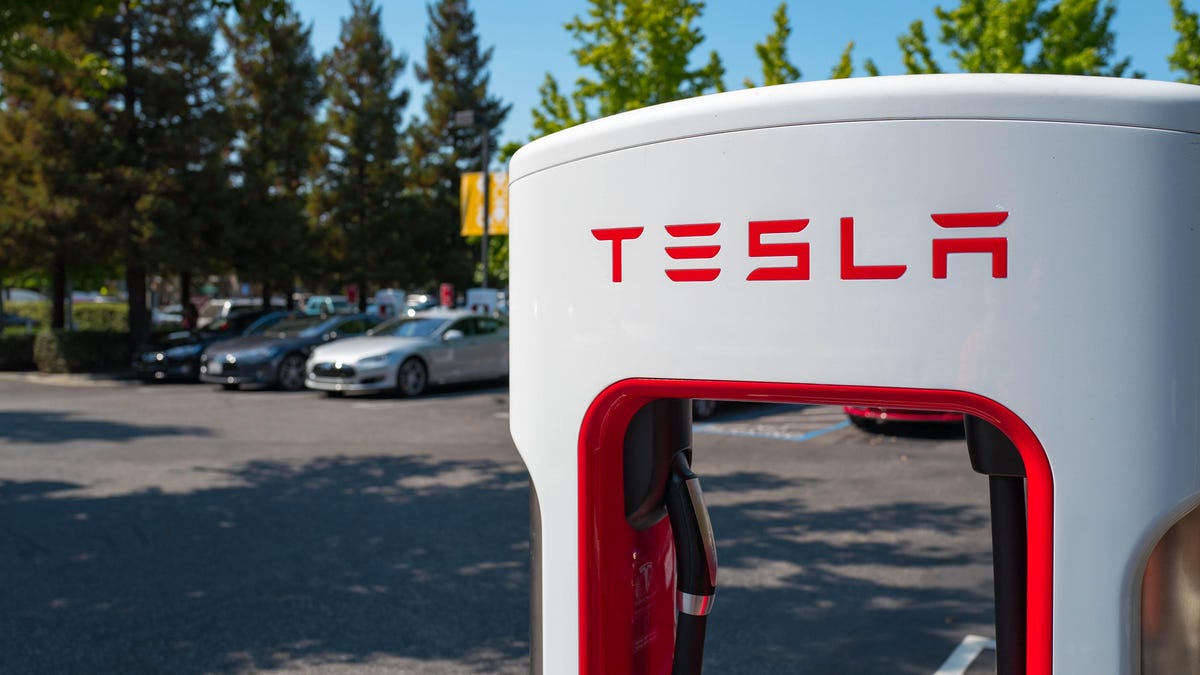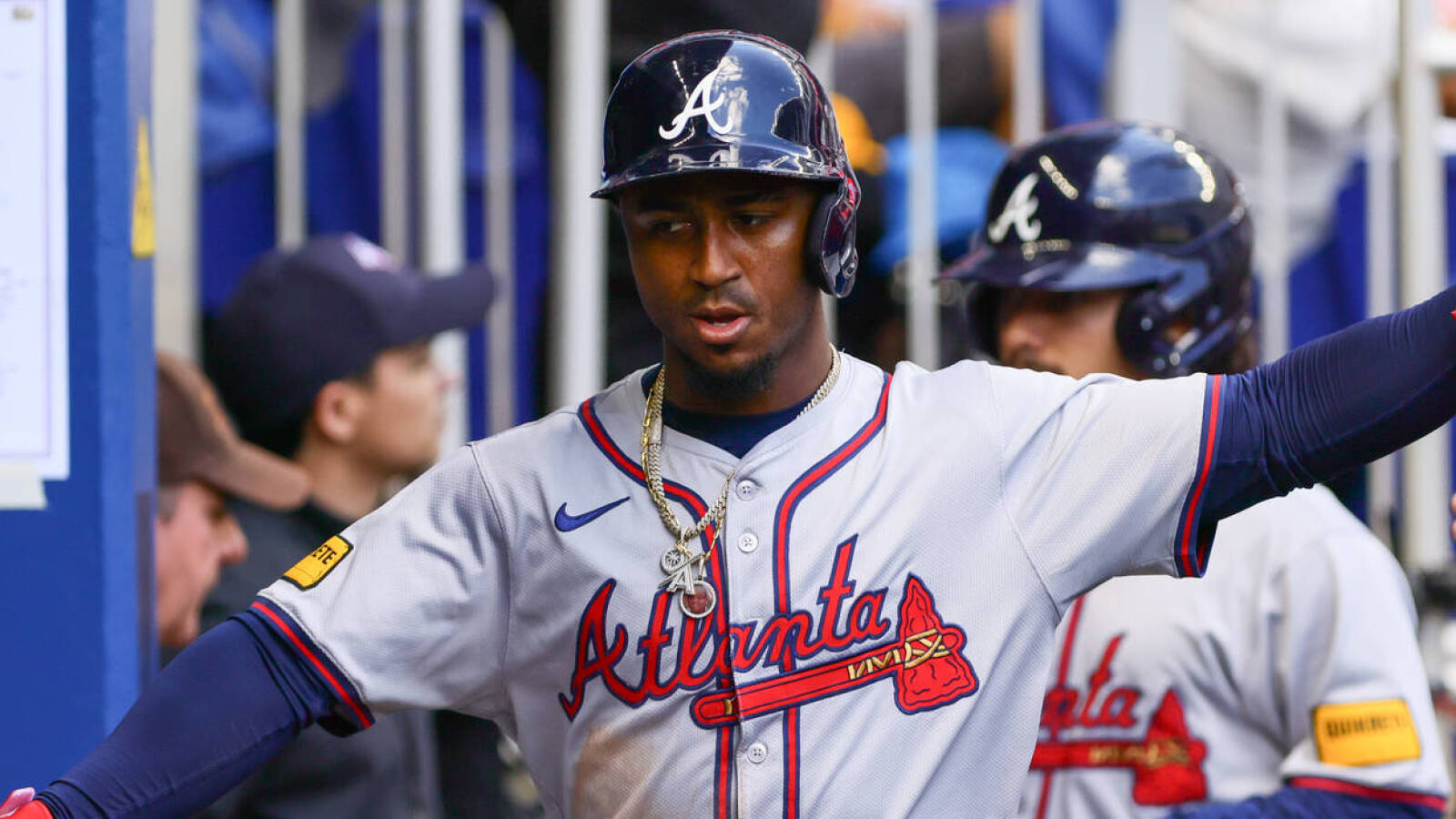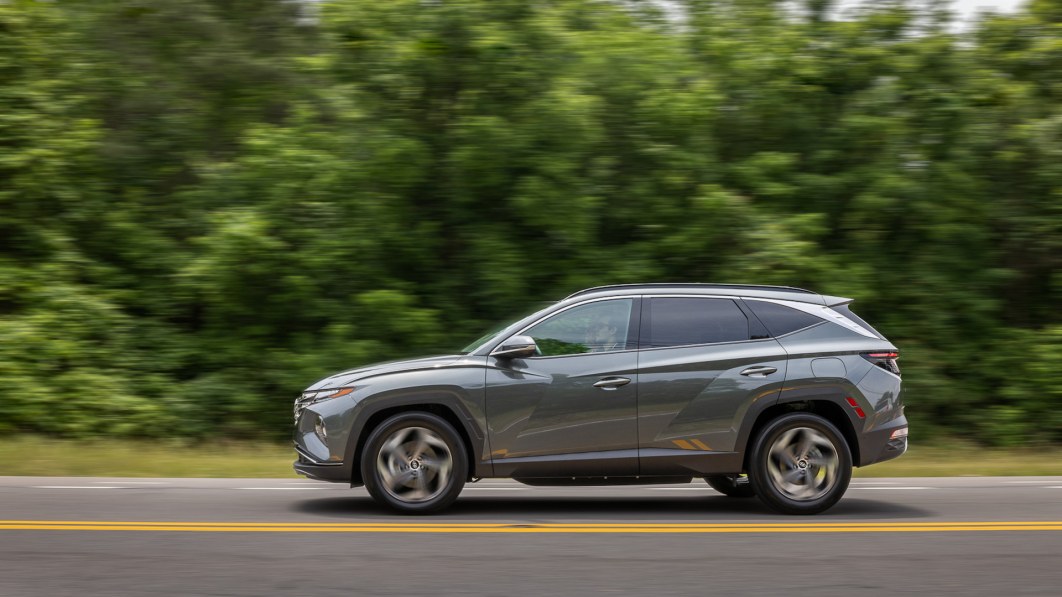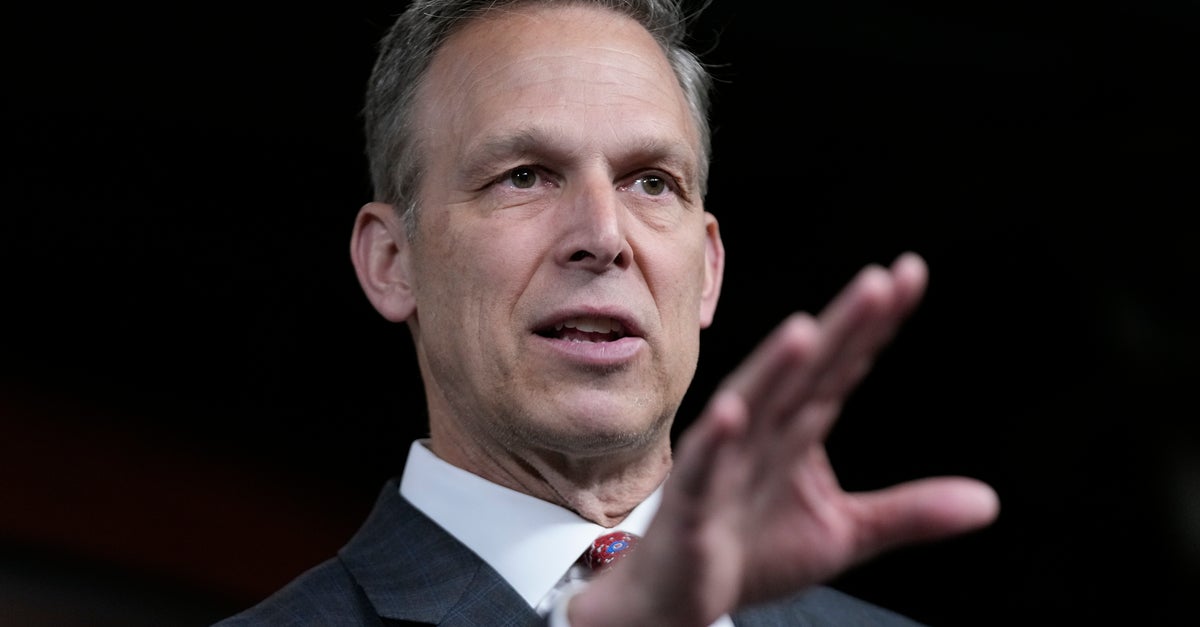Last year, a whole host of automakers adopted Tesla’s NACS charging plug as their own — from Ford to GM, Subaru to Mercedes, the number of brands that won’t use Tesla’s plugs in their cars is starting to dwindle.
Yet, despite the vast chasm between the reliability of Tesla’s Superchargers and whatever the hell is going on with every other charging company, access to those fancy Tesla stations may not solve every issue plaguing owners of other EVs. In fact, it may add some of its own. CleanTechnica broke down why:
We also know that the adapter for CCS vehicles to charge at a NACS station is strictly electrical. Tesla vehicles have been capable of using the CCS protocol for years, with older vehicles capable of doing this with a retrofit and an adapter. Tesla’s newer charging stations are likewise able to speak CCS. So, the adapter doesn’t need to do any translating or software-level work. It’s just a physical adapter to connect the right pins to the right pins.
But, when it comes to Tesla’s stations, not all of them can support the CCS protocol, and will not be able to support vehicles even with an adapter. Version 3 and 4 chargers have the ability to charge non-Tesla vehicles, while older ones do not. This is still great, because there are a lot of V3 stations out there. Today, a good way to see what stations your non-Tesla vehicle will get access to is to check out Supercharge.info and set the filter to only show chargers with 250 kW or greater speeds (older chargers can only do 150).
The adapters might also work with NACS destination chargers (Level 2), but that detail hasn’t been announced, so don’t count on it yet. That having been said, adapters for J1772 vehicles are already on the market and work very well, so you might want to pick up one of those anyway.
In a way, we’re returning to the old CCS/CHAdeMO split — doe-eyed new EV owners will have to do their on research on which stations will actually charge their vehicles. This is a genuine hurdle to EV adoption, when most drivers are used to fueling up at any old gas station. Your new Hyundai will be able to charge at most stations, but not all, and during the transition it’ll likely be on you to figure the rest out.
The CleanTechnica piece also brings up another issue with broad adoption of NACS: Monopolization. Charge station operators like ChargePoint and EVgo have plans to add NACS connectors to their chargers, but Tesla has a massive head start on rolling them out — the company’s already been doing it for years. Further, many charge operators are losing investors, while Tesla’s cult followers backers remain loyal. If Tesla becomes the last charger standing, what happens to prices? Will your next charge be rate-limited?
With any luck, NACS will become what it already claims to be — a truly agnostic North American standard. It will move from being “the Tesla plug” to being “the EV plug,” with support from all automakers and charging station operators. Let’s hope we all have that kind of luck.







